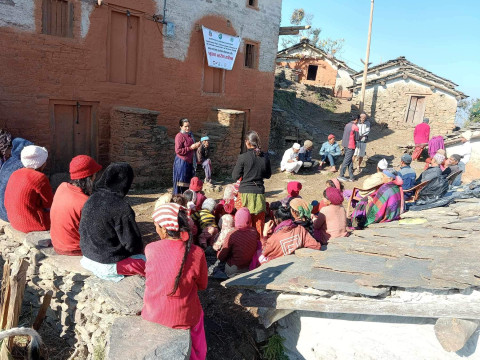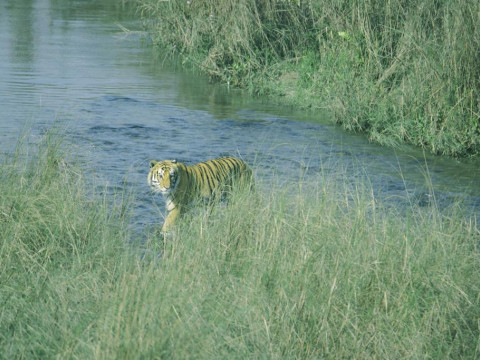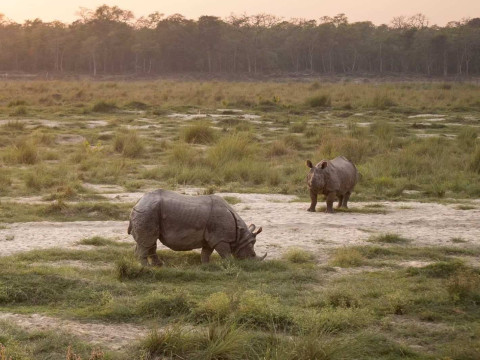Overview
Presence of tigers has been reported in high altitude landscapes in Nepal, India and Bhutan in the recent years. In Nepal, the first high altitude record of tiger was made at 2,500 m elevation in Dadeldhura district in Sudurpaschhim Province. Possibility of tiger presence in other high altitude areas in Nepal cannot be neglected. The project “Strengthening tiger conservation initiatives in high altitude landscapes of western Nepal” is initiated to prepare the communities and stakeholders in managing conflict with large carnivores, and to ensure conservation of connectivity corridors and secure high altitude habitats as climate refugia for wildlife.
Objectives
Major objectives of the project are:
- Identify and prioritize critical habitats, bottlenecks, and corridors in high altitudes of Sudurpashchhim for conservation of tigers and co-predators.
- Mitigation of human-wildlife conflict and alternative livelihood solutions in marginalized and vulnerable communities living adjacent to critical habitats and corridors in high altitudes of Sudurpashchhim province.
- Develop capacity of local stakeholders to deal with emergency rescue and rehabilitation of threatened big cats throughout high altitude landscape of Sudurpashchhim province.
The project expects; (i) a systematic study of critical habitats, corridors and bottlenecks in high-altitude areas, (ii) a landscape-level high-altitude conservation strategy, (iii) engagement of human-wildlife conflict affected communities in wildlife conservation, and (iv) capacity development in wildlife rescue and rehabilitation.
The project is supported by IUCN’s Integrated Tiger Habitat Conservation Programme (ITHCP). ITHCP is an initiative implemented by the International Union for Conservation of Nature (IUCN) and funded by the German Cooperation via KfW Development Bank.
Timeline
March 2023 to February 2025
Budget
€ 549,317 (€ 429,217 ITHCP contribution, € 120,100 NTNC contribution)
Principal Investigator (PI): Dr. Naresh Subedi, Conservation Program Director, NTNC
Co-I: Laxmi Raj Joshi, Conservation Officer, Shuklaphanta Conservation Program, NTNC
Contact: nareshsubedi@gmail.com, Phone: +977-9855056934; laxmi.ntnc@gmail.com, Phone: +977-9849181858







